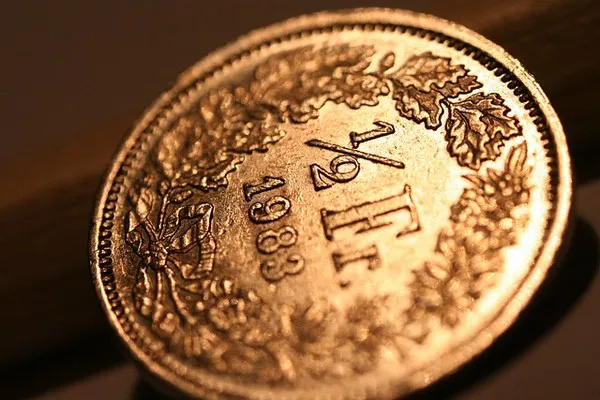In the intricate tapestry of global financial markets, few assets capture the imagination and attention quite like gold. Revered for centuries as a store of value and a hedge against economic uncertainty, gold continues to be a beacon for investors seeking stability in an ever-changing financial landscape. In this article, we will delve into the current dynamics that determine the price of an ounce of gold and explore the factors that contribute to its fluctuation.
Understanding the Basics
Gold, a precious metal with a rich history, has been used as a form of currency and a symbol of wealth for millennia. In contemporary financial markets, gold is primarily traded in the form of standardized contracts on commodity exchanges. The price of gold is usually quoted per troy ounce, a unit of measure that is slightly heavier than the more familiar avoirdupois ounce.
As of the latest available data, the price of an ounce of gold hovers around the X-dollar mark. This figure is subject to constant fluctuations, influenced by a myriad of factors ranging from economic indicators to geopolitical events.
Factors Influencing Gold Prices
Supply and Demand Dynamics:
One of the fundamental factors shaping the price of gold is the interplay between its supply and demand. Gold mining operations, geopolitical tensions, and central bank policies can impact the overall supply of gold. Simultaneously, demand for gold arises from diverse sources, including jewelry, technology, and investment portfolios.
Inflation and Deflation:
Gold has long been considered a hedge against inflation, as its value tends to rise during periods of economic uncertainty or when the purchasing power of fiat currencies declines. Conversely, during deflationary periods, when prices are falling, gold prices may experience downward pressure.
Interest Rates and Central Bank Policies:
The relationship between gold prices and interest rates is complex. Traditionally, as interest rates rise, the opportunity cost of holding gold (which doesn’t provide interest or dividends) increases, leading to a potential decrease in demand. Central bank policies, including decisions on interest rates and monetary stimulus, can significantly influence investor sentiment towards gold.
Currency Strength:
Gold is globally traded, and its price is denominated in various currencies. Changes in currency values can have a direct impact on the price of gold. A weaker currency typically results in higher gold prices in that currency, making gold an attractive investment during periods of currency depreciation.
Geopolitical Events:
Geopolitical uncertainties, such as geopolitical tensions, trade disputes, or geopolitical crises, have historically led to increased demand for gold as a safe-haven asset. Investors often flock to gold during times of heightened global instability, which can drive up its price.
Market Sentiment and Speculation:
Like any other asset, market sentiment and speculative activities play a significant role in gold price movements. Traders and investors closely monitor news, economic indicators, and geopolitical developments to anticipate shifts in market sentiment that may impact gold prices.
The Impact of Economic Indicators
Several key economic indicators can provide insights into the health of the economy and influence gold prices:
Gross Domestic Product (GDP): Changes in GDP growth rates can impact gold prices. A robust economy may lead to higher interest rates, potentially affecting gold demand, while economic downturns may prompt investors to seek the stability of gold.
Unemployment Rates: High unemployment rates are often associated with economic distress, leading investors to turn to safe-haven assets like gold. Conversely, low unemployment rates may boost confidence in the economy, potentially reducing demand for gold.
Consumer Price Index (CPI): The CPI measures changes in the prices of a basket of consumer goods and services. Gold is often seen as a hedge against inflation, so an increase in CPI may drive demand for gold.
Interest Rates: Central banks use interest rates to manage inflation and economic growth. Changes in interest rates can impact the opportunity cost of holding gold, influencing investor behavior.
See Also What Does A Gold Coin Cost
Conclusion
In conclusion, the price of an ounce of gold is a multifaceted phenomenon shaped by a complex interplay of global economic forces, geopolitical events, and market sentiment. As investors navigate the intricacies of the financial markets, understanding the factors influencing gold prices is crucial for informed decision-making. Whether as a safe-haven asset, a portfolio diversifier, or a long-term store of value, gold continues to captivate the attention of investors seeking stability in an unpredictable world. As we continue to monitor the ever-evolving global landscape, the price of an ounce of gold will remain a barometer of economic health and a testament to the enduring allure of this precious metal.


